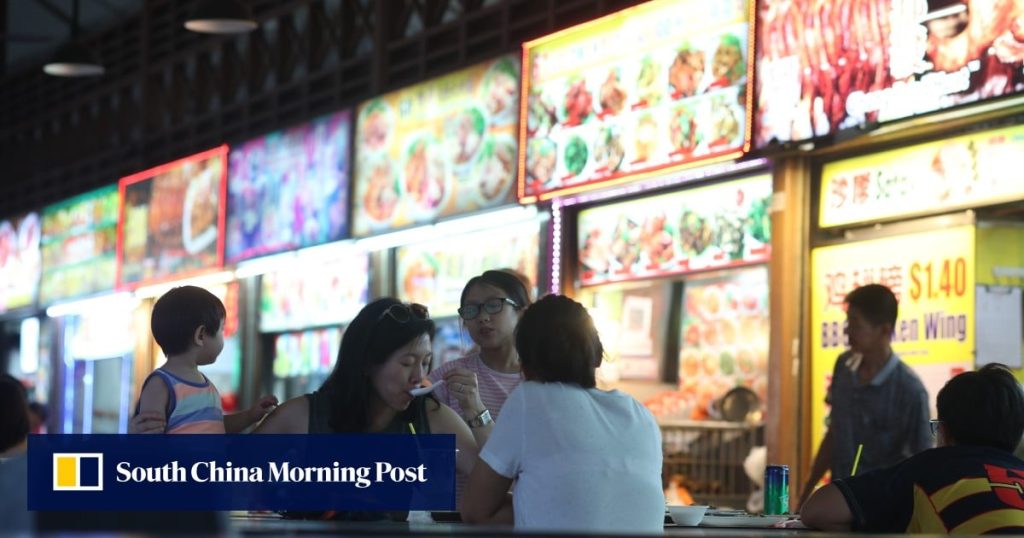Safi Sharif, 35, is among the few young Singaporeans who have entered the hawker trade out of a genuine passion for cooking. But he is feeling the strain – physically from 14-hour days that begin at 6.30am, and financially from the pressure to keep prices low despite rising costs.
Safi cooks at an eatery at Project Penyek at Senja Hawker Centre in the city state’s western region. He told This Week in Asia that stalls there were expected to offer a budget meal option – in his case, a fried chicken wing with rice and greens for S$3 (US$2.30) – which barely covered the cost of ingredients.
Still, he continues to offer it for the schoolchildren who frequent his stall. “Without fail, I see the same faces every day, and they order the same thing. Sometimes I sell out, and when I see their faces, I feel bad because I know that’s all they can afford. They’re just kids,” he said.
Hawker centres serve as “community dining rooms” that promote social cohesion, moderate the cost of living and foster a common national identity based on shared experiences, according to the National Environment Agency.
Senja Hawker Centre is a socially conscious enterprise hawker centre that requires stalls to get approval from the operator to raise prices of budget meals or introduce new items to their menu. Safi said Project Penyek tried to expand its menu to include seafood but was rejected by the operator because he would have to price these dishes at about S$8 to S$9.
“I understand why they need us to offer cheap options, but costs are going up. Everything has gone up,” he said.


